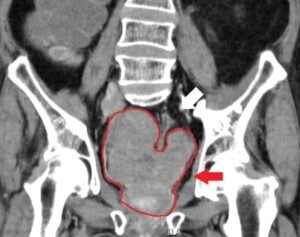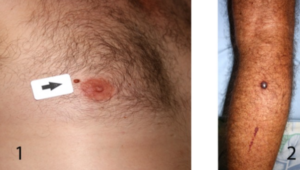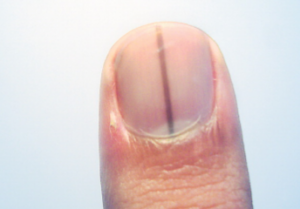Prostate cancer doesn’t have to kill; when caught early it’s very curable.
The key to early detection is often the PSA test, but what about MRI for showing suspicious areas?
Early detection of prostate cancer often begins with a blood test that measures prostate-specific antigen (PSA) levels.
While elevated PSA can indicate cancer, it may also result from benign conditions like prostatitis or an enlarged prostate.
Traditionally, if PSA levels are high, doctors proceed to a punch biopsy — removing multiple tissue samples from the prostate.
Though commonly used, this method carries risks such as infection, bleeding and over-diagnosis of slow growing tumors that may never become life threatening.
A biopsy of the prostate can also miss cancer 30% of the time.
MRI for Early Detection of Prostate Cancer
MRI can detect suspicious areas in the prostate before committing a patient to biopsy, potentially preventing unnecessary procedures – not to mention anxiety.
A large study conducted at Charité – Universitätsmedizin Berlin has provided evidence that supports this “MRI-first” approach as both effective and safe long-term.
Their findings were published in JAMA Oncology.
The Charité study followed nearly 600 men with suspected prostate cancer who first underwent mpMRI scans.
If the MRI showed abnormal areas, only then was a biopsy performed.
Those with normal MRI findings did not receive an immediate biopsy.
Instead, they were enrolled in a structured follow-up program with regular urological checkups over a period of three years.
The Results
Of the men with negative MRI findings, 96% did not go on to develop aggressive prostate cancer during the follow-up period.
Only 4% were later diagnosed with a more serious form of the disease.
This low risk supports the idea that many men can safely avoid immediate biopsy when MRI scans appear normal.
MRI First
The 2024 paper does state that a normal MRI finding doesn’t guarantee a zero risk.
But prostate cancer can still be detected earlier with proper monitoring.
A biopsy “right away” can induce tremendous anxiety. The “MRI-first” method can prevent this mental toll.
Further, MRI-first addresses a key limitation of PSA testing: its tendency to detect non-aggressive, slow growing tumors that may never require treatment.
- Systematic biopsies guided only by PSA results often miss significant cancers and pick up insignificant ones.
MRI helps target only the areas that look suspicious, reducing over-diagnosis and unnecessary intervention.
 Lorra Garrick has been covering medical, fitness and cybersecurity topics for many years, having written thousands of articles for print magazines and websites, including as a ghostwriter. She’s also a former ACE-certified personal trainer.
Lorra Garrick has been covering medical, fitness and cybersecurity topics for many years, having written thousands of articles for print magazines and websites, including as a ghostwriter. She’s also a former ACE-certified personal trainer.










































